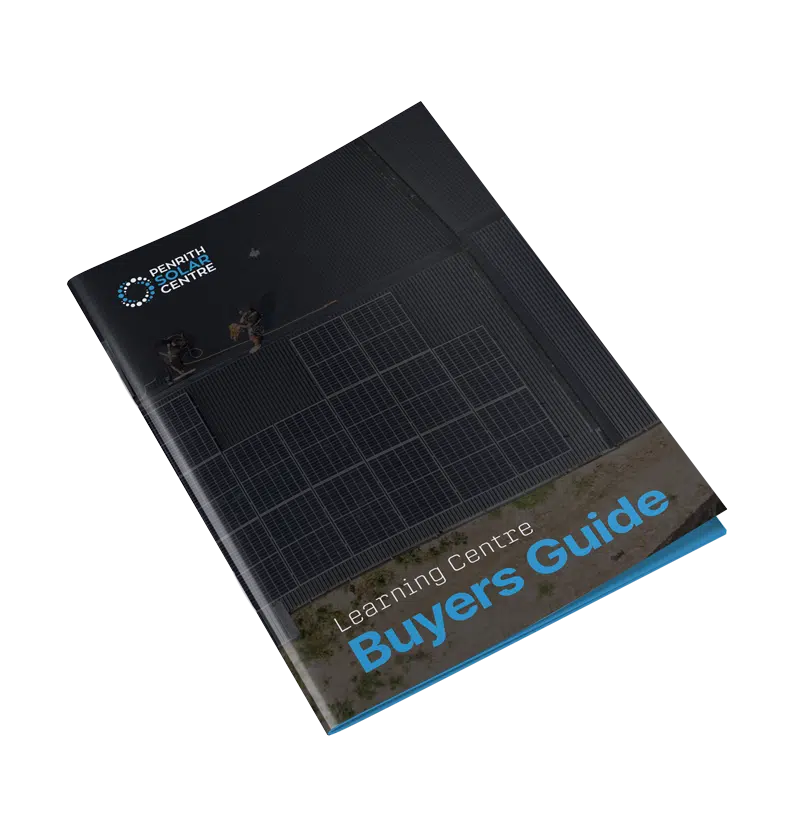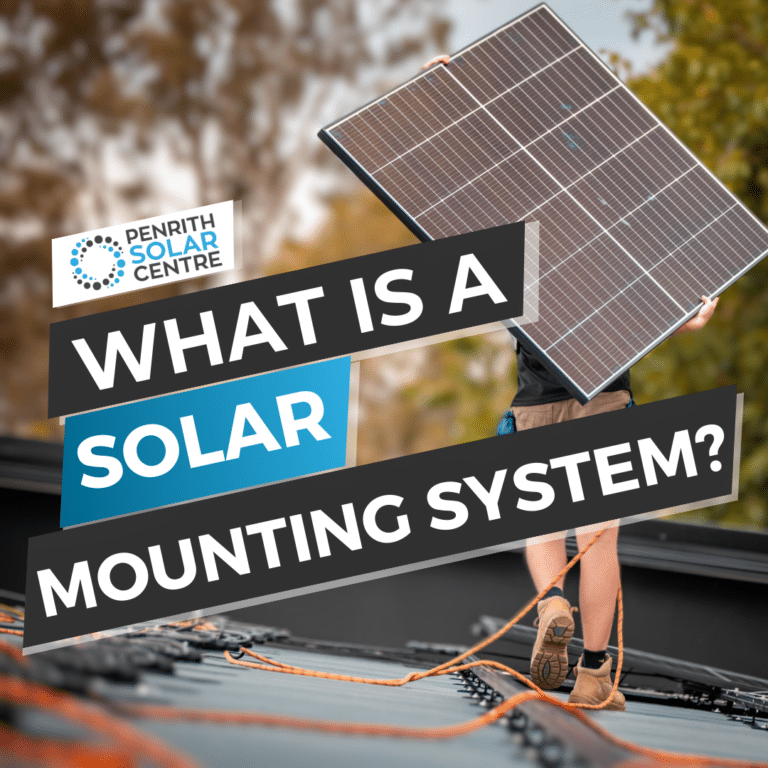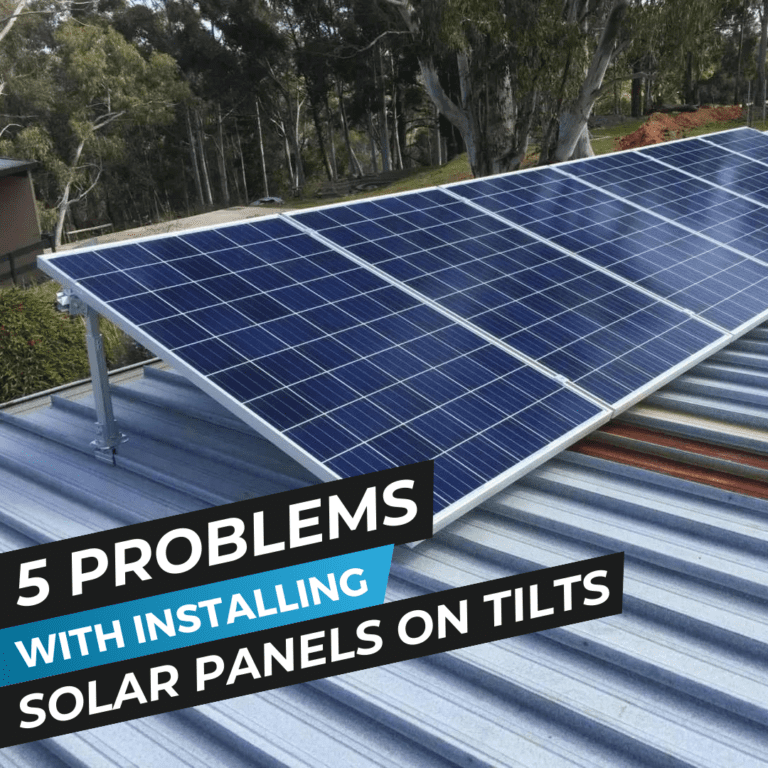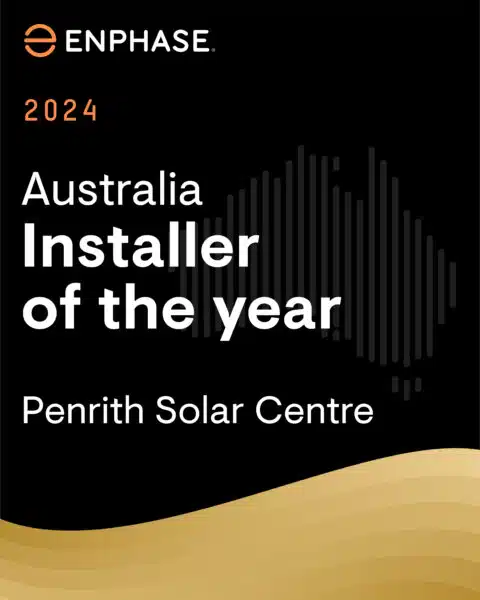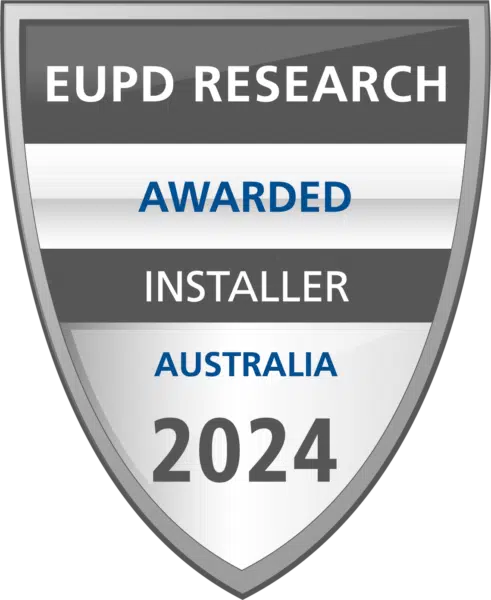A solar system will save you money on your electricity bills. There’s a lot of potential energy you can harvest from the sun. However, there’s potentially a lot of electricity on the roof. How important are features like rapid shutdown?
At Penrith Solar Centre, we feel it’s essential to educate customers about the potential risks that come with solar installations. Electricity can be dangerous in the wrong hands. It’s important to understand what you’re investing in, and the risks associated with that technology.
In this article, you will learn:
- What is a High Voltage DC Solar System?
- What Happens When the Fire Brigade Arrives at a Residential Fire with Solar on the Roof?
- What is Rapid Shutdown in a Solar System?
- Why Do Firefighters Love Rapid Shutdown?
By the end of this article, you’ll be an expert in the risks of high voltage solar and why rapid shutdown is essential.
What is a High Voltage DC Solar System?
High voltage DC solar installations are solar systems that operate at higher voltage levels than AC solar installations.
What do we mean by DC solar and AC solar?
Alternating current (AC) power alternates in a sinusoidal wave as the electrons wiggle back and forth. Direct current (DC) power is a straight line that moves from one polarity to the other without deviating.

Solar panels output DC power. Converting the power that your system outputs from DC to AC is necessary because your home and all the appliances within it run on AC power.
A solar system with high voltage DC architecture transforms the DC power into AC power at a central inverter. It’s usually installed on the side of your house near the main switchboard.
A solar system with AC architecture, like a microinverter solar system, transforms the DC power to AC power at the solar panel.
The advantage of a solar system with AC architecture is that the steady stream of unrelenting high voltage you find in a DC system is eliminated by converting the power in the microinverter right at the solar panel.
If you’re interested in learning a little more about microinverters, you might want to check out the following article titled, Myths & Misconceptions About Solar Microinverters.
What is Rapid Shutdown in a Solar System?
Rapid shutdown mechanisms in solar systems make sure that solar panels stop generating electricity when switched off during emergencies. It’s necessary because there is electricity coming from the solar panels on the rooftop that can’t be effectively switched off.
If the sun is shining on solar panels, they will generate electricity. It’s the purpose of solar panels, isn’t it? A rapid shutdown feature turns off all the panels.
In a high-voltage DC solar system, you can switch off the electricity coming from the grid to the main switchboard. You can also cut off the electricity coming from the solar panels on the roof at the central inverter.
But as you can see in this illustration, there is a cable running between the panels on the roof and the central inverter. There is 600 – 1,000 volts of DC power still in that wire.
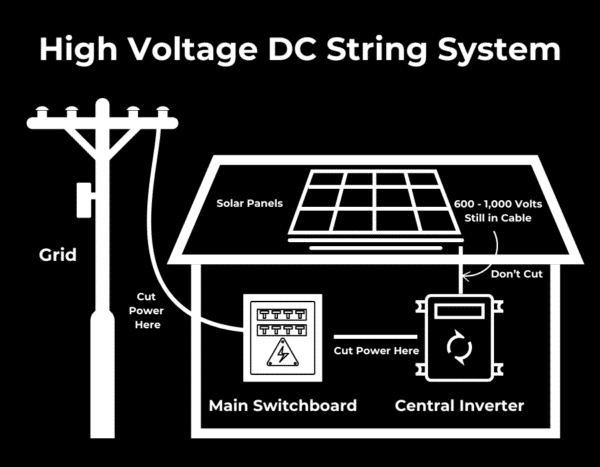
There are two inverter systems worldwide that currently have a rapid shutdown feature: Enphase and SolarEdge.
Enphase systems have a rapid shutdown feature that truly turns off each individual solar panel/microinverter combination in your solar system array. There is no power coming from the solar system when you flip that switch.
The microinverters will automatically shut down any DC power production in case of emergencies like fire or grid failure. And only a microinverter solar system like Enphase can truly do this.
SolarEdge manufactures high-voltage DC solar systems with DC optimisers might take as long as 30 seconds to stop the solar panels from generating electricity, and even then, each panel/optimiser combination will continue producing 1 volt of power when shut off.
The panels in a DC solar system will continue pumping out 1 volt until the sun goes down. If you have a lot of panels on your home, say 20, you still have 20 volts coming from the panels.
Of course, as a company of electricians, we know that it isn’t the voltage that will kill you but the current. If the current is strong enough, if its pathway is through vital organs in your body, if you hold on for too long, if there’s any moisture on your skin, and if you have any underlying medical conditions, 20 volts can cause you some problems.
Electricity is not always safe, and measures like rapid shutdown make systems much safer.
If you’re interested in learning a bit more about how safe solar systems are, you might want to check out the following article titled, Solar Safety: Microinverters vs. String Inverters.
What Happens When the Fire Brigade Arrives at a Residential Fire with Solar on the Roof?
The phrase “incident stabilisation” refers to a way of evaluating an emergency so it doesn’t get any worse than it is. When emergency workers show up at any site, they must first evaluate the situation and organise what to prioritise to be the most helpful.
There are dozens of considerations when evaluating a site.
DC solar causes fires often enough for firefighters to know how to evaluate such fires.
It’s usually too dangerous for them to effectively fight the fire because the DC power from the solar is still unaccounted for. Rapid shutdown gives firefighters the control to save your home.
If you don’t have rapid shutdown, the fire department might not save your home. There’s a high possibility that there are multiple live wires containing electricity from the solar panels on the roof. Any one of those live wires could kill a firefighter.
Your home is the most significant investment you’ve made in your life and you’re still paying it off. Why would you risk your greatest investment to save a thousand dollars?
If you’re interested in learning a bit more about the cost of a solar system with DC architecture, you might want to check out the following article titled, String Inverters: Are They Worth It?
Why Do Firefighters Love Rapid Shutdown?
In the event of a fire, a single switch, once flipped, fully turns off the solar system so firefighters can work safely without the risk of electric shock.
Firefighters hate working on homes that have DC solar. The only DC architecture system that even has rapid shutdown (SolarEdge) is kind of ineffective because of the extra volts remaining in the cable.
If a firefighter wants to cut a hole in the roof to fight the fire from a different angle, they can’t safely do that if there’s still electricity coming from the solar system. What if they need to cut through the roof and hit the DC cable?
If you’re interested in learning a bit more about microinverters and DC optimisers, you might want to check out the following article titled, Microinverters vs. DC Optimisers: Which Is Better?
Click here for safety solutions.
Wrapping Things Up: The Importance of Safety During the Solar Boom
Solar is booming in Australia. Over 30% of rooftops are covered in solar panels. No other country has experienced this much interest and investment in rooftop solar.
If you’re not installing it correctly, or if you’re installing an inferior product, you’re playing with fire. Literally. Shoddy workmanship and shoddy products are a fire risk.
The more education everyone (from manufacturers to firefighters to the public) has about this technology and the safety ramifications, the better. Ignoring these fundamentals hurts the integrity of reputable solar installers and endangers customers needlessly with fire risks.
At Penrith Solar Centre, we want to educate you. We’ve created this space to help you navigate the hundreds of questions you might have about solar energy and solar installations. We’re here to guide you on your solar journey as we all move Australia to Net Zero by 2050.
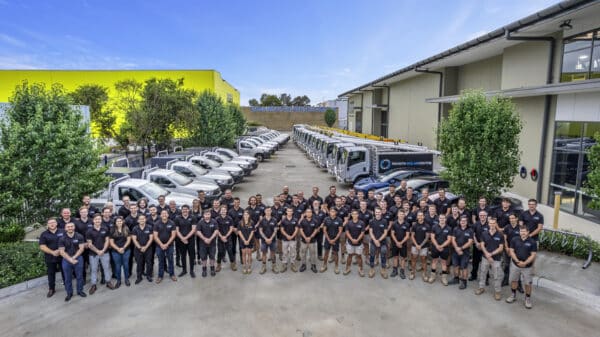
If you’re interested in learning a bit more about safety in solar installations, you might want to check out the following article titled, Solar Safety: Microinverters vs. String Inverters.
